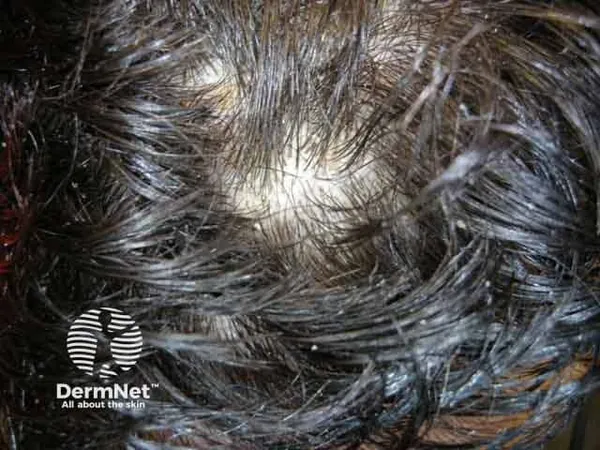
Statins: A Potential Game-Changer in the Fight Against Liver Cancer and Complications in Chronic Liver Disease!
2025-03-25
Author: Rajesh
Introduction
A groundbreaking study has revealed that statins, commonly used medications for lowering cholesterol, may dramatically reduce the risk of hepatocellular carcinoma (HCC) and hepatic decompensation in patients suffering from chronic liver disease (CLD). This revelation opens the door to new treatment approaches in managing liver-related health issues.
Study Findings
Research conducted on a sample of over 16,500 CLD patients aged 40 and older indicates that those using statins had a significantly lower 10-year incidence of hepatocellular carcinoma—3.8% in statin users compared to 8.0% in nonusers. The study showcased an impressive subhazard ratio (aSHR) of 0.67, underscoring the protective effects of statins even after adjusting for factors like treatment weighting and competing risks, such as mortality and liver transplants.
In addition to their cancer-fighting capabilities, statins also appear to lower the chances of hepatic decompensation, with rates of 10.6% among statin users against a higher 19.5% in those who did not use them. This aspect of the research revealed another significant aSHR of 0.78, indicating that statins could be an essential part of managing complications associated with chronic liver disease.
Research Leadership
The researchers, led by Jonggi Choi from the University of Ulsan College of Medicine in South Korea, emphasize the promising role of statins as chemopreventive agents against liver cancer. Previously known for their anti-inflammatory, antifibrotic, and antioxidant properties, this study highlights their additional benefits in preventing the progression of liver fibrosis.
Study Design
The historical cohort study compiled healthcare data from patients enrolled in the Research Patient Data Registry in Boston, Massachusetts, between 2000 and 2023. Statin users were defined as those who received a cumulative defined daily dose (cDDD) of 30 or more with at least 180 days between the start of statin treatment and their CLD diagnosis.
Lipophilic vs. Hydrophilic Statins
Among the significant findings, it was determined that users of lipophilic statins exhibited stronger protective effects against HCC than those taking hydrophilic variants. This raises questions about the biochemical mechanisms at play and underscores the necessity for further investigation into the clinical applications of statins in HCC prevention.
Duration-Response Relationship
Furthermore, the study explored prolonged use of statins, revealing a duration-response relationship that suggests higher doses correlate with lower risks of both HCC and hepatic decompensation. Statin users with a cDDD of 600 or more presented a strikingly lower 10-year incidence of HCC compared to those receiving moderate doses.
Impact on Liver Fibrosis
The research also highlighted encouraging trends in liver fibrosis progression, where patients on statins transitioning to higher FIB-4 scores were significantly fewer than nonusers—a clear indication that statins may contribute to improved liver health over time.
Cautions and Future Directions
While the study presents insightful findings, the authors caution against potential limitations, such as unmeasured socioeconomic factors and access to healthcare that might influence the results. They advocate for randomized clinical trials to strengthen these findings, although they acknowledge the challenges in organizing such studies due to the extensive patient enrollment and long-term follow-ups required.
Conclusion
In conclusion, Choi and his colleagues believe that well-structured historical cohort studies like theirs provide innovative insights into how statins can mitigate the risks of liver cancer and complications in chronic liver disease. As interest grows in the potential for repurposing existing drugs for new therapeutic uses, the future looks promising for statins in the fight against liver disease!




 Brasil (PT)
Brasil (PT)
 Canada (EN)
Canada (EN)
 Chile (ES)
Chile (ES)
 Česko (CS)
Česko (CS)
 대한민국 (KO)
대한민국 (KO)
 España (ES)
España (ES)
 France (FR)
France (FR)
 Hong Kong (EN)
Hong Kong (EN)
 Italia (IT)
Italia (IT)
 日本 (JA)
日本 (JA)
 Magyarország (HU)
Magyarország (HU)
 Norge (NO)
Norge (NO)
 Polska (PL)
Polska (PL)
 Schweiz (DE)
Schweiz (DE)
 Singapore (EN)
Singapore (EN)
 Sverige (SV)
Sverige (SV)
 Suomi (FI)
Suomi (FI)
 Türkiye (TR)
Türkiye (TR)
 الإمارات العربية المتحدة (AR)
الإمارات العربية المتحدة (AR)